Welcome to the forefront of DevOps automation! We are covering Ansible vs Terraform in this article to help you understand how these DevOps tools are reshaping the landscape of cloud infrastructure and automation workflows.
In this comprehensive guide, we embark on a journey to unravel the mysteries and capabilities of these sound tools.
Whether you're grappling with configuration management challenges, pondering over infrastructure provisioning, or seeking the best approach for managing your cloud resources, you're in the right place.
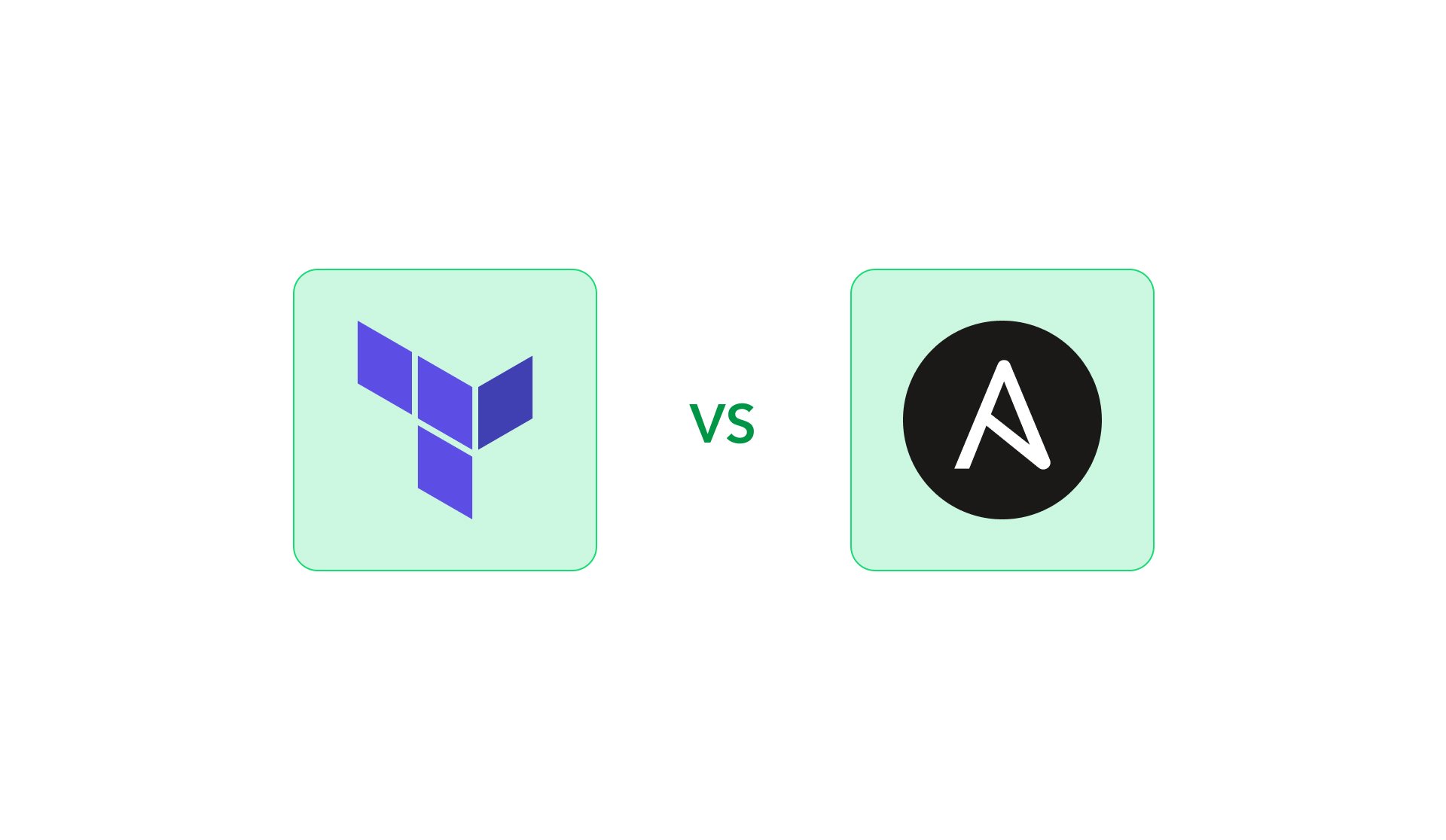
Dive into the world of Ansible and Terraform with us as we explore their key differences, individual strengths, and how they complement each other in creating robust, scalable, and efficient IT environments.
This article is your gateway to mastering these tools, paving the way for informed decisions and innovative solutions in your DevOps endeavors.
Introduction to Terraform
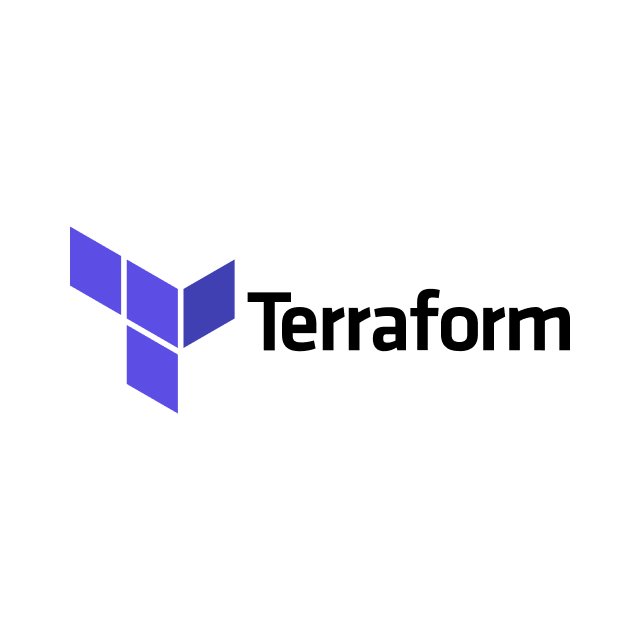
In the realm of modern cloud infrastructure, Terraform by HashiCorp stands out as a pioneering force. This open-source infrastructure as code (IaC) tool has revolutionized the way organizations provision and manage their cloud resources.
At its core, Terraform utilizes a declarative configuration language known as the HashiCorp Configuration Language (HCL), allowing users to describe their desired infrastructure state in code.
This approach not only simplifies the provisioning of infrastructure across various cloud providers like AWS, Google Cloud Platform, and Azure but also ensures consistency and repeatability in infrastructure deployment.
Terraform in cloud infrastructure management
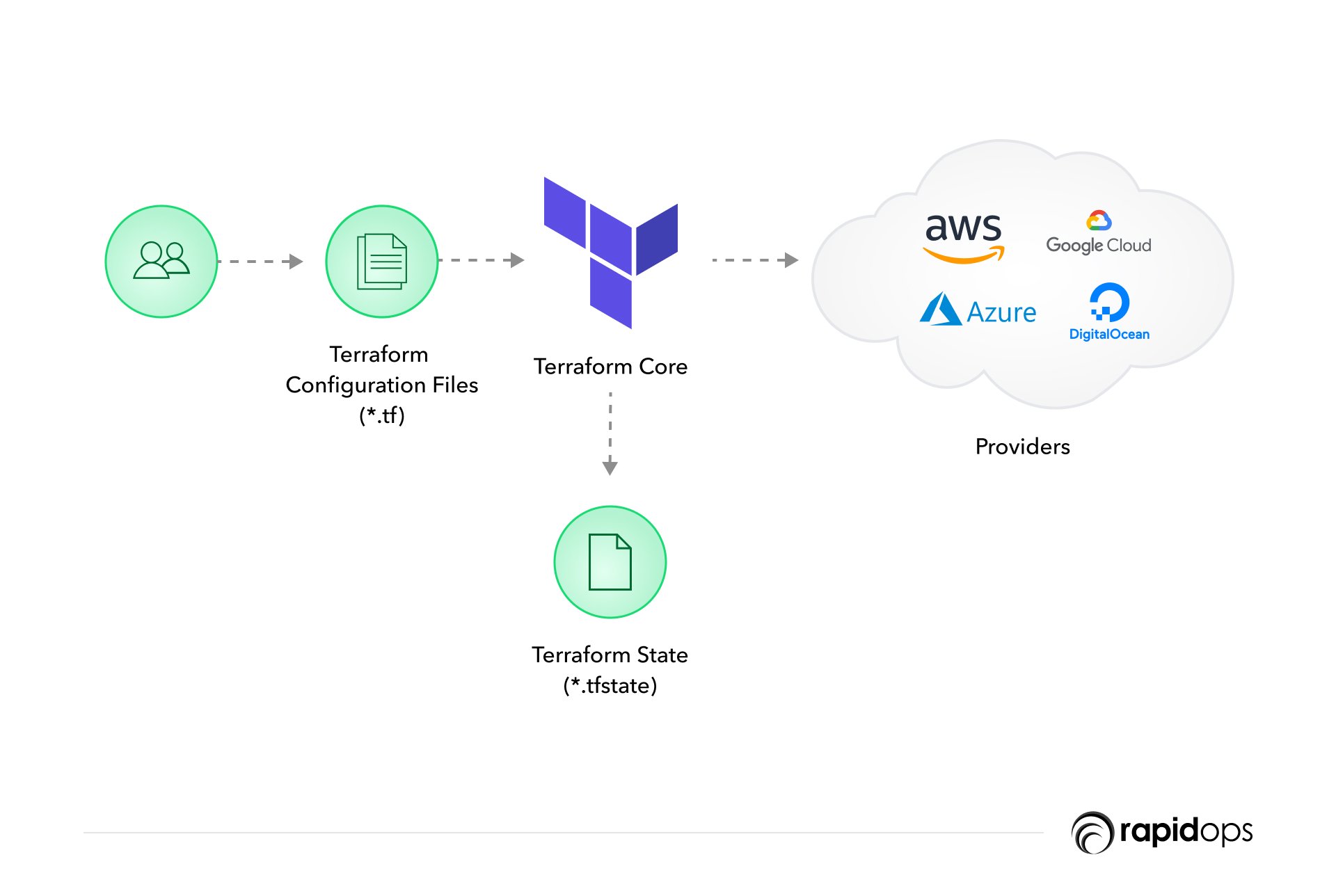
Terraform's role in managing cloud infrastructure is pivotal. By treating infrastructure as code, Terraform enables IT teams to automate the deployment and maintenance of resources, leading to more efficient and error-free operations.
This method of immutable infrastructure ensures that changes are consistently applied and versioned, significantly reducing the risk of configuration drift.
Whether deploying new cloud infrastructure or managing existing setups, Terraform's ability to handle everything from virtual machines and network components to load balancers and more makes it an indispensable tool in today's cloud-centric world.
Advancing immutable infrastructure and state management
One of Terraform's key strengths lies in its support for immutable infrastructure. This approach, where changes are made by replacing resources rather than modifying existing ones, is essential for maintaining stability and predictability in cloud environments.
Additionally, Terraform's sophisticated state management capabilities track the state of infrastructure resources, allowing users to understand and control changes over time.
This feature is crucial for teams working on the same infrastructure, ensuring that everyone has a consistent view and understanding of the deployed environment.
Introduction to Ansible
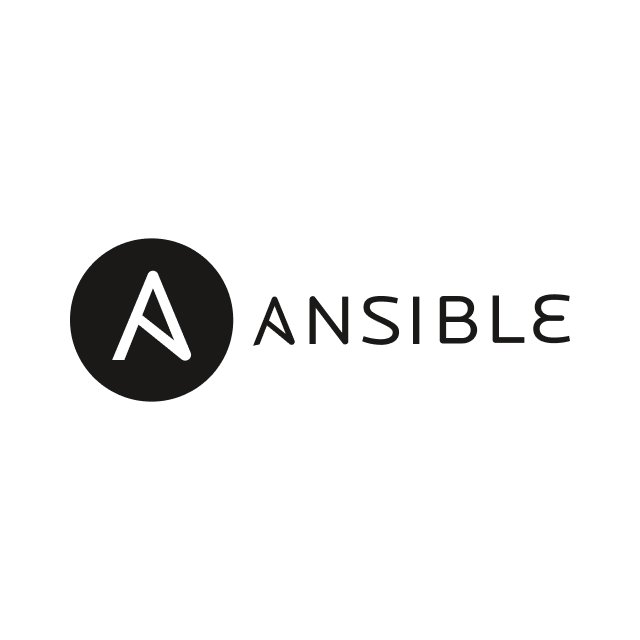
Ansible, a powerful tool in the realm of configuration management, stands as a beacon of simplicity and efficiency in automating complex IT processes. Ansible is renowned for its ease of use and versatility in managing infrastructure.
Its principle of 'Infrastructure as Code' allows for the automation of configuration management tasks, ensuring that IT environments are set up and maintained consistently and reliably.
Ansible's use of YAML for writing Ansible Playbooks makes it accessible even to those new to automation, streamlining the process of configuring servers and managing network devices.
Ansible's role in configuration management and automating lifecycle management
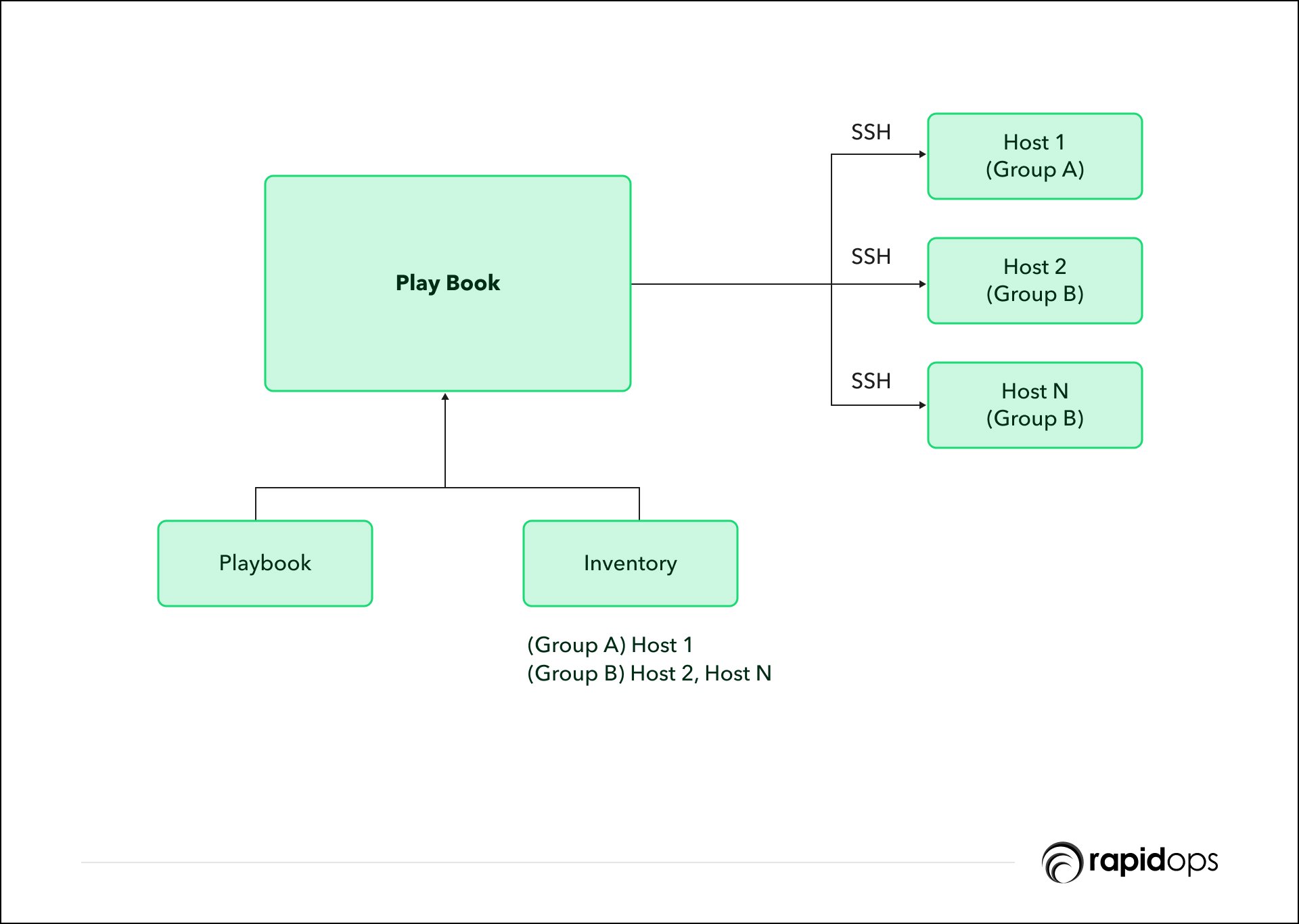
At the heart of Ansible's functionality is its ability to automate the entire lifecycle management of IT systems, from provisioning infrastructure and deploying applications to managing configuration changes and ensuring compliance.
Its capability to handle both mutable and immutable infrastructure makes it adaptable to various IT needs.
Whether you're deploying software on bare metal servers or managing cloud resources, Ansible's flexibility and configuration management capabilities make it a go-to solution for modern IT challenges.
Ansible automation platform: Beyond basic configuration management tasks
The Ansible Automation Platform expands the horizons of what can be achieved with configuration management tools.
It offers a more robust, enterprise-grade solution for complex automation workflows, encompassing cross-domain automation solutions and integrating with various cloud services. This platform allows businesses to manage their entire IT infrastructure, whether it involves provisioning cloud infrastructure, automating network components, or deploying versioned software components.
By leveraging the Ansible Automation Platform, organizations can realize the full potential of automation, enhancing efficiency and scalability across their operations.
Terraform and Ansible compared
Understanding their roles in DevOps
Terraform and Ansible, while often mentioned in the same breath as essential DevOps tools, serve distinct purposes.
Terraform excels in infrastructure automation, particularly in provisioning and managing cloud infrastructure across various platforms. It uses a declarative approach, specifying the desired end-state of the infrastructure.
Ansible, on the other hand, shines in configuration management, ensuring that software and systems are set up and maintained as per the defined configurations. Its procedural style, where tasks are executed in a given order, offers precise control over configuration management tasks.
Similarities in goals and applications
Despite their differences, Terraform and Ansible share a common goal: to simplify and automate key aspects of IT infrastructure management.
Both tools promote infrastructure as code (IaC), which enhances consistency, repeatability, and scalability in IT operations.
They are also instrumental in reducing configuration drift, a common challenge in managing IT environments, ensuring that the infrastructure remains in the desired state.
Complementary nature in modern IT environments
Interestingly, Terraform and Ansible are not mutually exclusive and can be used together for a more comprehensive automation strategy.
While Terraform can set up the underlying infrastructure, Ansible can take over for configuration management and application deployment.
This synergy allows for a more holistic approach to managing both the infrastructure layer and the application layer, making them a powerful duo in both cloud and on-premises environments.
Deep dive: Key differences between terraform and ansible
Orchestration vs. configuration management: Distinct approaches to DevOps
Terraform and Ansible, though both pivotal in DevOps, diverge significantly in their primary functions. Terraform, primarily an orchestration tool, excels in creating and managing the lifecycle of infrastructure components.
It’s ideal for provisioning cloud infrastructure and managing the state across various cloud providers. Ansible’s strength lies in configuration management, where it ensures that systems and software are configured and maintained as per predefined specifications.
This makes it invaluable for tasks like configuring servers, managing network devices, and deploying applications.
Immutable vs. mutable infrastructure: Contrasting philosophies
A key distinction between Terraform and Ansible lies in their approach to infrastructure management. Terraform advocates for an immutable infrastructure model, where changes are made by replacing existing resources with new ones.
This approach minimizes inconsistencies and configuration drift, making it suitable for managing cloud resources and deploying new cloud infrastructure.
Ansible, conversely, is more aligned with mutable infrastructure, allowing changes to be made directly to existing resources, offering flexibility for managing and automating a variety of IT infrastructure, from traditional bare metal servers to modern cloud environments.
Terraform and Ansible in infrastructure provisioning and configuration drift management
When it comes to infrastructure provisioning, Terraform provides a robust platform for defining and deploying infrastructure as code across multiple cloud platforms. It ensures a high level of consistency and reliability, especially when dealing with complex cloud deployments.
Ansible, with its strong configuration management capabilities, excels in managing configuration changes, reducing configuration drift, and ensuring compliance with desired state configurations. Its procedural nature allows for detailed control over each step of the configuration process.
| Tool | Terraform | Ansible |
| Category | Orchestration, provisioning tool | Configuration management tool |
| Default Approach | Declarative Infrastructure as Code | Procedural |
| Language | Declarative | Imperative |
| Focus | Infrastructure provisioning | Configuration management within infrastructure |
| Best Known For | Orchestrating cloud infrastructure setup | Configuring servers with software and updates |
| Deployment | Deploying load balancers, storage, computing, VPCs | Deploying apps on cloud infrastructure |
| Provisioning | Specializes in infrastructure provisioning | Limited infrastructure provisioning; supports bare metal |
| Life Cycle Management | Lifecycle awareness with state management | Lacks lifecycle awareness and management |
| User Intervention | Minimal; automates to final output | Requires step-by-step user input |
| Packaging and Templating | Limited support | Full support |
| Agentless? | Yes | Yes |
| Masterless? | Yes | Yes |
| Syntax | HCL (Hashicorp Configuration Language) | YAML (YAML Ain't Markup Language) |
| Infrastructure | Immutable; maintains steady environment state | Mutable; focuses on repairing rather than replacing |
Strategic integration of Terraform and Ansible
Leveraging combined strengths for enhanced automation
The strategic integration of Terraform and Ansible opens a world of possibilities for managing IT infrastructure and applications.
While Terraform lays the groundwork by provisioning and maintaining the cloud infrastructure, Ansible brings its strengths to bear in the subsequent configuration management and application deployment phases.
This complementary relationship allows organizations to leverage Terraform's declarative approach for creating repeatable infrastructure and Ansible's procedural approach for fine-grained control over configurations and deployments.
Seamless management of cloud resources and applications
In a typical workflow, Terraform provisions the necessary cloud resources, such as virtual machines, network components, and load balancers.
Once the infrastructure is in place, Ansible takes over, configuring these resources, deploying applications, and ensuring they run as intended.
This combination is particularly effective in multi-cloud environments, where Terraform manages cross-cloud infrastructure, and Ansible ensures consistent configuration across various platforms.
Case studies: Successful implementations of Terraform and Ansible together
To illustrate the power of this integration, consider a scenario where a company needs to deploy a complex application across multiple cloud platforms.
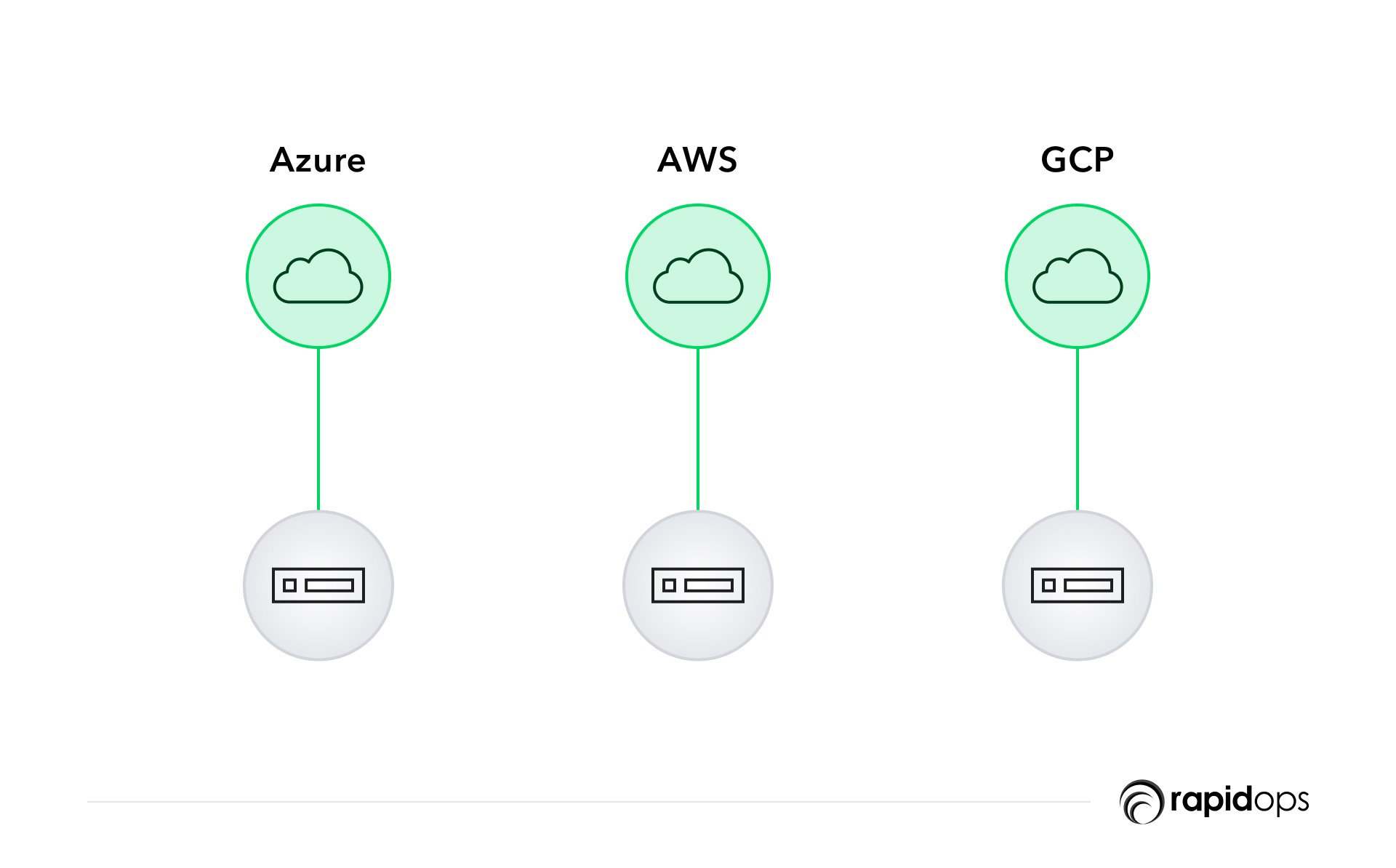
Terraform is used to set up the required infrastructure on AWS, Google Cloud Platform, and Azure. Following this, Ansible's automation workflows are employed to configure the servers, install necessary software components, and deploy the application seamlessly across all platforms.
This approach not only streamlines the deployment process but also ensures consistency and compliance across the entire infrastructure.
Terraform and Ansible in multi-cloud environments use cases
Navigating the complexity of multi-cloud strategies
In today's diverse IT landscape, many organizations leverage multi-cloud strategies to avoid vendor lock-in and optimize their services. Terraform and Ansible play a crucial role in this context.
Terraform’s ability to provision cloud infrastructure across various platforms like AWS, Google Cloud Platform, and Azure makes it an ideal tool for setting up multi-cloud environments.
It ensures consistent infrastructure deployment, regardless of the cloud provider, by treating infrastructure as code.
Enhanced configuration management across multiple clouds
Once the infrastructure is in place, Ansible’s role becomes pivotal in managing configurations across these different platforms. It provides a unified approach to automate configuration management tasks, from configuring servers to deploying applications.
This is particularly valuable in multi-cloud environments where managing consistency and ensuring compliance can be challenging. Ansible’s ability to automate and standardize processes helps maintain uniformity across diverse cloud platforms.
Real-world applications: Terraform and Ansible in action
Consider a scenario where an organization needs to deploy and manage a set of applications across AWS and Google Cloud Platform.
Terraform can be used to create the necessary cloud resources, ensuring that the underlying infrastructure is consistent and aligned with the organization's policies.
Following this, Ansible can automate the deployment and configuration of these applications, ensuring they are configured correctly and uniformly across both cloud environments.
This integrated approach not only simplifies management but also enhances operational efficiency.
Addressing the challenges: Performance, limitations, and solutions in using Terraform and Ansible
Performance considerations in automation and provisioning
While Terraform and Ansible are powerful tools in DevOps, they are not without their challenges, especially regarding performance.
Terraform can sometimes be slow in provisioning extensive infrastructure due to its immutable infrastructure approach. This can lead to longer wait times when deploying large-scale cloud resources.
On the other hand, Ansible's procedural nature, although offering detailed control, can become less efficient as the scale and complexity of the infrastructure grows, particularly when managing a large number of remote commands and network components.
Overcoming limitations in managing complex IT environments
The limitations of Terraform and Ansible often become apparent in complex, large-scale IT environments. Terraform, while excellent for creating infrastructure, does not manage configuration drift by itself.
Ansible, while versatile in configuration management, may struggle with state management in large and dynamic environments.
To mitigate these issues, it's crucial to adopt best practices such as modularizing Terraform code, using Ansible roles for reusability, and employing efficient state management strategies.
Solutions for enhanced efficiency and scalability
To enhance efficiency, combining Terraform and Ansible can be a powerful solution. Terraform can be used for initial provisioning and ensuring that the infrastructure is in the desired state.
Ansible can then take over detailed configuration management tasks and ongoing maintenance, providing a more dynamic approach to managing configuration changes.
Additionally, leveraging features like Ansible's Automation Platform for more complex automation workflows and Terraform’s workspaces for managing different deployment stages can greatly improve scalability and control.
Navigating multi-cloud and on-premises challenges
The challenges amplify in multi-cloud and on-premises environments, where consistency and compliance become paramount.
Here, Terraform's ability to work with multiple cloud provider APIs and Ansible's capability to support bare metal provisioning and cloud provisioning becomes invaluable.
By intelligently using these tools together, organizations can effectively manage a wide range of infrastructure components, from cloud services to bare metal servers, ensuring a seamless and consistent IT infrastructure management experience.
Conclusion: Choosing the right tool for your IT infrastructure needs
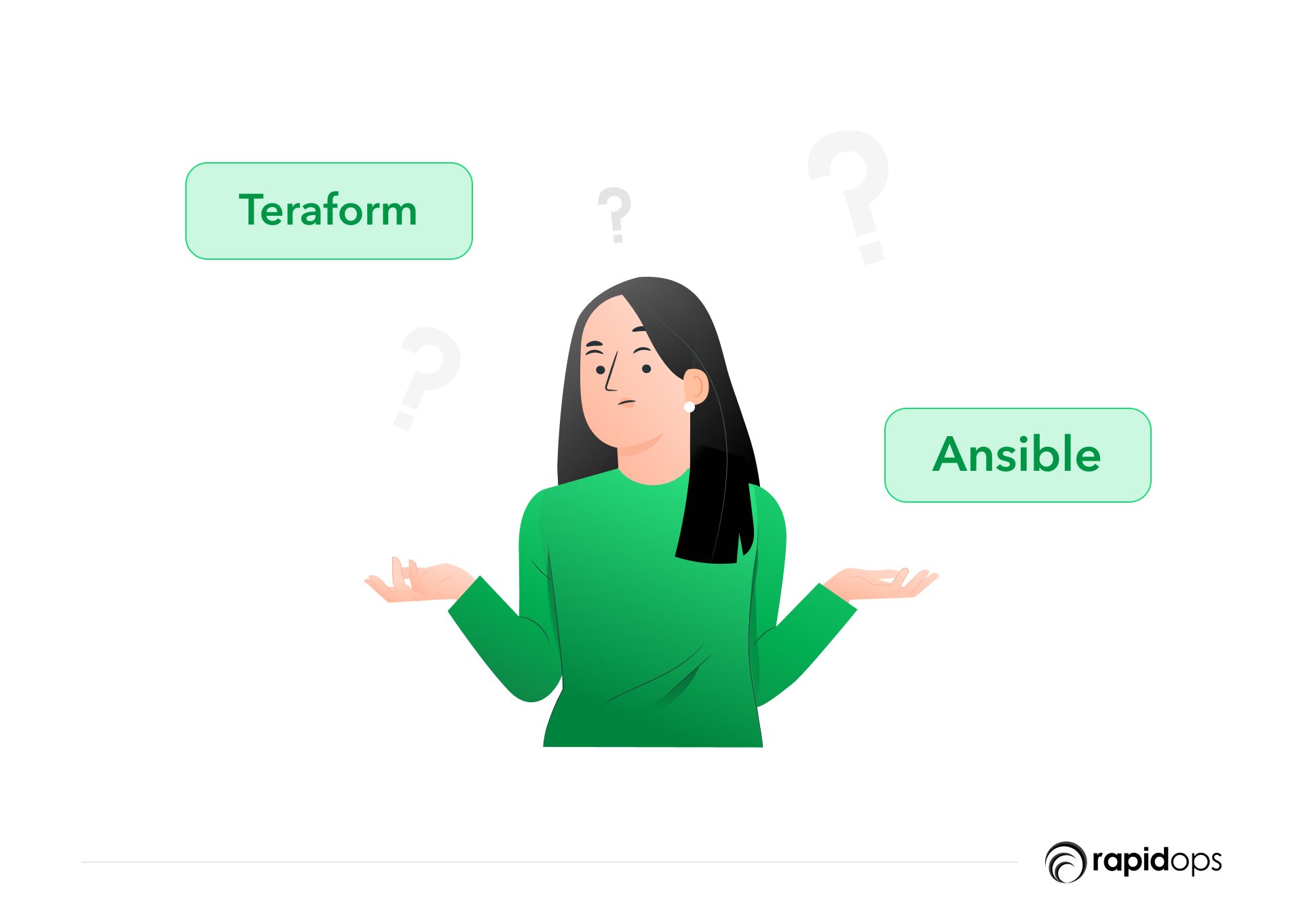
Summarizing key insights on Ansible vs Terraform
In the world of DevOps and cloud infrastructure management, Terraform and Ansible stand out as two of the most powerful and versatile tools.
Terraform, with its focus on infrastructure provisioning and immutable infrastructure approach, is invaluable for setting up and managing consistent cloud environments.
Ansible excels in configuration management and application deployment, offering precise control and flexibility in automating complex IT processes.
Making the right choice: Ansible vs Terraform
The decision to use Terraform, Ansible, or both depends largely on your specific infrastructure needs and objectives.
For organizations focusing on building and maintaining scalable, cloud-based infrastructure, Terraform is the go-to choice.
If the goal is to manage configuration and automate routine IT tasks across various environments, Ansible is more suited.
However, for a comprehensive approach to infrastructure and configuration management, leveraging the strengths of both Terraform and Ansible can lead to a more robust, efficient, and error-free IT operation.
Embracing the future of DevOps with Terraform and Ansible
As we look towards the future, the role of tools like Terraform and Ansible in DevOps is set to become even more significant.
With the continuous evolution of cloud technologies and the increasing complexity of IT environments, the integration of these tools can offer businesses the agility, efficiency, and scalability they need to stay competitive and innovative.
Whether you choose Terraform, Ansible, or a combination of both, the key is to align them with your organization's goals, workflows, and the specific challenges you face in your IT infrastructure management.
How effective is the combination of Terraform and Ansible for provisioning cloud infrastructure and configuration management?
Combining Terraform and Ansible provides a robust solution for both provisioning cloud infrastructure and performing configuration management tasks. Terraform efficiently sets up the infrastructure, particularly in multi-cloud and on-premises environments, while Ansible excels in the orchestration and configuration management of those resources, ensuring a streamlined and automated workflow.
Are there noticeable differences in managing infrastructure between Terraform and Ansible, especially regarding performance?
Yes, in managing infrastructure, Terraform often outperforms in speed during the provisioning phase due to its parallel execution feature. Ansible, while slightly slower in sequential execution, excels in configuration management capabilities, particularly in managing configuration changes and reducing configuration drift in complex environments.
What limitations should be considered when using Terraform for infrastructure automation or Ansible for configuration management tasks?
When using Terraform for infrastructure automation, it’s important to note its focus on provisioning rather than on detailed configuration tasks, where Ansible is more adept. For Ansible, ensuring compatibility with the target systems and the effectiveness of its automation tools in various environments is essential. Both tools require an understanding of their specific approaches to infrastructure deployment and configuration management.
Can Terraform and Ansible support lifecycle management in a diverse IT infrastructure, including multi-cloud and on-premises setups?
Indeed, both Terraform and Ansible are versatile in supporting lifecycle management across diverse IT infrastructures. Terraform can handle provisioning and state management across multi-cloud platforms, while Ansible’s automation solution is effective in configuration and lifecycle management tasks in both cloud and on-premises setups.
What alternatives offer similar configuration management capabilities or infrastructure provisioning features as Terraform and Ansible?
For alternatives to Terraform’s infrastructure provisioning features, tools like CloudFormation and Pulumi are noteworthy. In the realm of configuration management capabilities similar to Ansible, Chef, Puppet, and SaltStack are prominent options, each providing unique features for automating and managing IT infrastructure.
How suitable are Terraform and Ansible for managing infrastructure resources and configuration tasks in traditional and modern IT environments?
Terraform and Ansible are highly suitable for a wide range of IT environments. Terraform excels in provisioning and managing infrastructure resources in both cloud and on-premises settings. Ansible complements this with its strength in automating configuration tasks and managing software deployments, making them versatile for both traditional and modern IT infrastructures.

Niyati Madhvani
A flamboyant, hazel-eyed lady, Niyati loves learning new dynamics around marketing and sales. She specializes in building relationships with people through her conversational and writing skills. When she is not thinking about the next content campaign, you'll find her traveling and dwelling in books of any genre!
What’s Inside
- Introduction to Terraform
- Introduction to Ansible
- Terraform and Ansible compared
- Deep dive: Key differences between terraform and ansible
- Strategic integration of Terraform and Ansible
- Terraform and Ansible in multi-cloud environments use cases
- Addressing the challenges: Performance, limitations, and solutions in using Terraform and Ansible
- Conclusion: Choosing the right tool for your IT infrastructure needs

Let’s build the next big thing!
Share your ideas and vision with us to explore your digital opportunities
Similar Stories
- Engineering
- undefined Mins
- September 2022

- Engineering
- undefined Mins
- January 2016
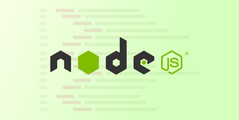
- Engineering
- 5 Mins
- November 2015


Receive articles like this in your mailbox
Sign up to get weekly insights & inspiration in your inbox.
